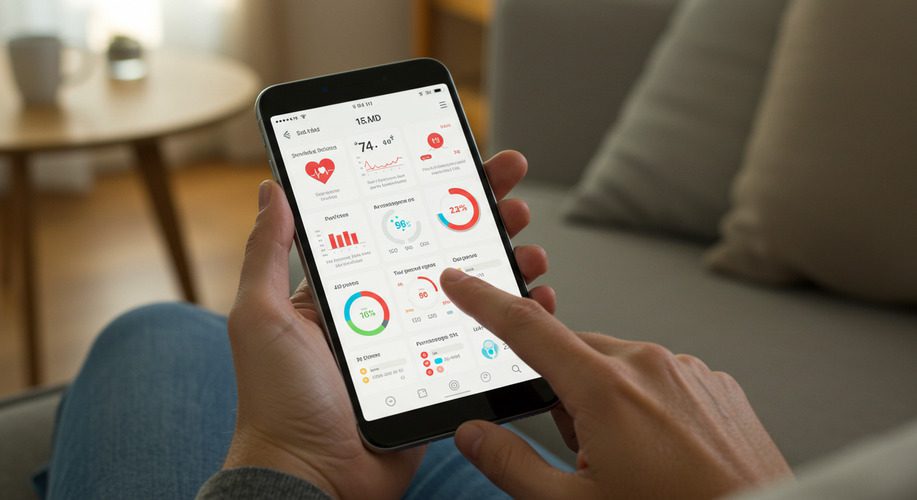
Article
Regulatory Innovation in SaMD: How Global Standards Are Evolving
In October 2016, the Food and Drug Administration (FDA), along with The International Medical Device Regulators Forum (IMDRF) issued a draft guidance document entitled “Software as a Medical Device (SaMD): Clinical Evaluation”.
The objective of the draft guidance is to “establish a common converged understanding of clinical evaluation and principles for demonstrating the safety, effectiveness and performance of software intended for medical purposes”.
SaMDs, considered to be a “type of medical device”, have serious implications for patients and the public at large. As such, medical device manufacturers of SaMDs must provide assurances as to the safety, effectiveness and performance capacities of their devices.
All medical devices must undergo a clinical evaluation. A clinical evaluation is the set of processes and activities “that [are] conducted during a product’s lifecycle as part of the quality management system.” It is the assessment and analysis of clinical data pertaining to a medical device to verify its “safety, effectiveness, and performance” capacity.
The guidance documents state that the criteria and the clinical evaluation processes must be as robust for SaMD as they are for medical devices. In particular, medical device manufacturers should read the clinical guidance as “technology[ically] agnostic.
Despite the fact that the standards applied to SaMDs are to be the same as those applied to medical devices, SaMD are different in kind. They belong to a complex system of interconnected systems that are interactive and that lend themselves to frequent changes, modifications and upgrades that affect their safety and effectiveness.
Additionally, SaMDs often interact with patients by:
As such, the guidance document requires medical device manufacturers to demonstrate evidence that their SaMD is safe, performs as intended and carefully weighs and balances the risks and benefits to patients.
Companies can provide assurances as to the efficacy and safety of their devices by crafting:
Overall, medical device manufacturers must be able to demonstrate that their SaMD actually does what the manufacturers claim that it does; that it does it safely; and, that they can prove it under self-verified and/or independent reviews depending on the category of their device.
Data input received by SaMDs rely, often, on additional data provided by a physical medical device. As such, the evidence produced by medical device manufacturers must address the safety and efficacy of their SaMDs at the nexus of all of the systems and devices with which the SaMD is intended to interact.
Providing evidence at the intersection is particularly important because healthcare decisions increasingly depend on the information and outputs provided by SaMDs and therefore will affect both clinical outcomes and overall patient care.
The draft guidance document, endorsed by the IMDRF’s management committee, has been submitted for public commentary.
Over the next 90 days, members of the medical device community are invited to review the guidance document and provide input.
In particular, the FDA and the IMDRF are requesting commentary on eight key aspects of the draft guidance document, including:
Depending on the “impact that a SaMD has on clinical outcomes and patient care, a SaMD manufacturer [must] gather, analyze and evaluate data, and develop evidence to demonstrate the assurance of safety, effectiveness and performance of the SaMD.”
They can accomplish this mandate by providing information that demonstrates a fit between the information that the SaMD provides and the “clinical needs within the intended healthcare situation and condition that includes consideration for the target population, characteristics of the disease or condition, and type of user.”
Orthogonal integrates modern agile product development best practices with patient safety and regulatory compliance to build SaMD and connected medical device systems. If you need help building your next SaMD, or to learn more, contact us or call us at (312) 372-1058.
Related Posts

Article
Regulatory Innovation in SaMD: How Global Standards Are Evolving

Article
Implementing Real-Time Data Analytics in SaMD Solutions

Article
Navigating FDA’s Proposed AI/ML Framework for SaMD

Article
Improving Patient Engagement with SaMD Solutions